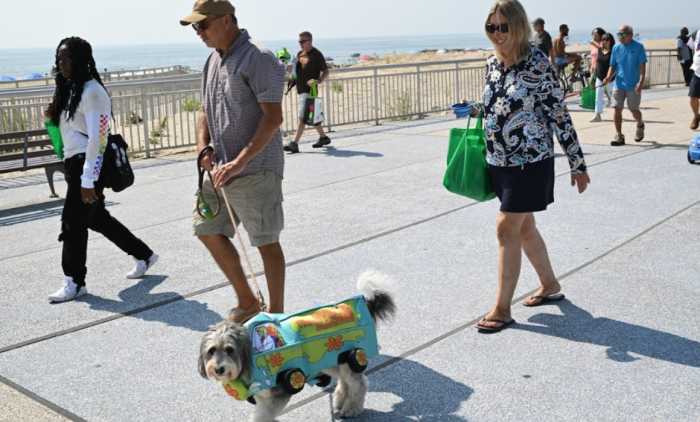Vote ‘yes’ on both
When New Yorkers go to the polls on Tues., Nov. 2, on their ballot’s back they’ll find two important referenda.
Question 1 asks if voters support returning to the term limits previously approved twice by the electorate — before Mayor Bloomberg and the City Council in 2008 legislatively changed them to three terms.
If voters say “yes,” they back returning to two terms for city councilmembers, borough presidents and the mayor, city comptroller and public advocate. In addition, if this referendum passes, the Council would be barred from legislatively overturning the voters’ will on term limits — the “loophole” that allowed term limits’ extension. (However, we hear there may be a legal challenge if this referendum passes, in that Albany may have final say on whether city term limits can be changed legislatively.)
To vote “no” means keeping the current three-term limit for councilmembers, B.P.’s and citywide elected officials; also, the Council would still be able to legislatively modify term limits.
We support term limits, and, in fact, feel three terms is better than two since it allows politicians to become more skilled at their jobs and, thus, better representatives; it also allows them to focus on their districts.
Our greater concern is that the Council, with a powerful mayor, never again thwart the voters’ will by legislative fiat. For this reason, we support voting “yes” on Question 1.
Question 2 has seven items, ranging from disclosure of independent campaign spending and increasing ballot access, to making conflict-of-interest training mandatory for city employees.
We agree with critics who say this question packs too many items, to the point of confusion. Nevertheless, we support voting “yes” on Question 2.
We endorse the idea that groups spending more than $1,000 on “independent expenditures” — such as “robo-phone calls” or TV commercials —for or against a candidate should report this information to the Campaign Finance Board, which would make it public.
We also like the idea of decreasing the number of petition signatures needed to get on the ballot — since this would yield a wider pool of candidates, including more from outside traditional political circles.
Over all, however, this Charter Revision Commission process was far too rushed. New Yorkers haven’t had enough time to consider what they’ll be voting on.
Traffic relief in sight
Electronic tolling offers a bright ray of hope that Downtown Manhattan will soon be relieved of the unfair burden of truck traffic it currently endures. The Metropolitan Transportation Authority is researching cashless tolling for bridges and tunnels, and if findings are positive, Congressmember Jerrold Nadler says he will consider introducing legislation to restore a two-way toll on the Verrazano Bridge.
Traffic backups at toll plazas — the reason Staten Islanders got the toll changed to one-way in 1986 — wouldn’t occur with an electronic system. Meanwhile, a two-way toll would curtail truckers’ using Downtown Manhattan as part of their no-tolls route, which unduly impacts communities like Chinatown and Soho.
We hear it’s likely electronic tolls will be implemented, making us optimistic for a two-way Verrazano toll. Congressmember Mike McMahon, a Staten Island Democrat, has criticized Nadler’s plan. However, we believe there’s no downside anymore to a two-way Verrazano toll — except for trucking companies, who will lose their free ride through our communities.
























